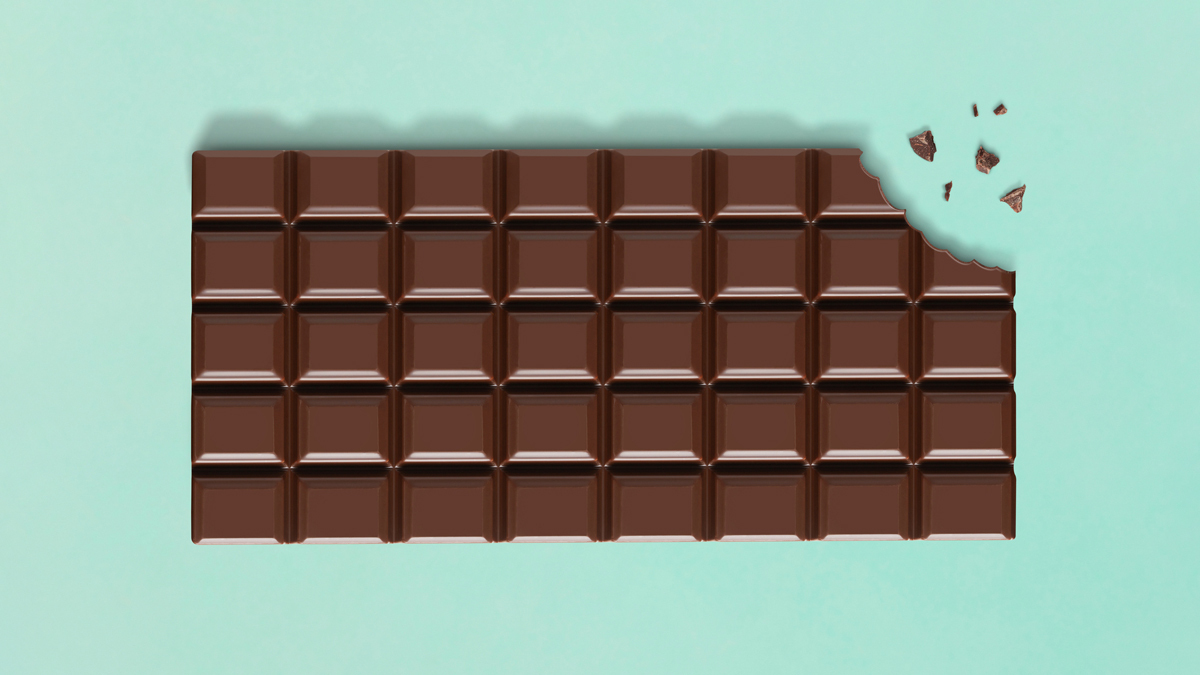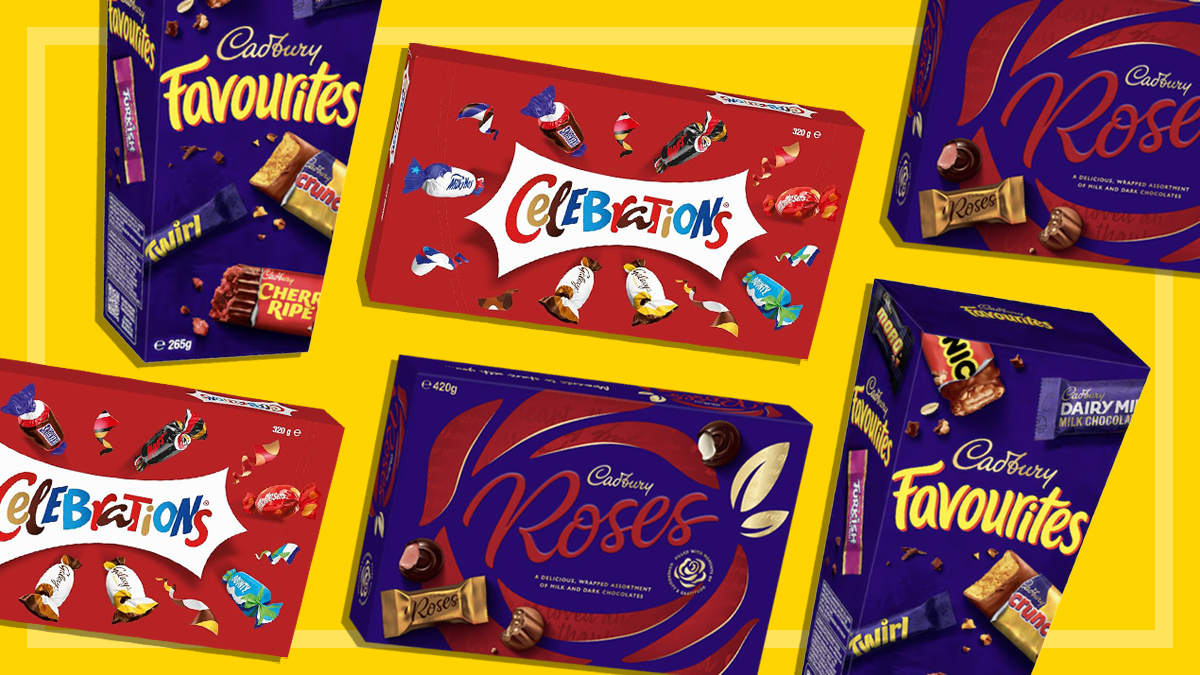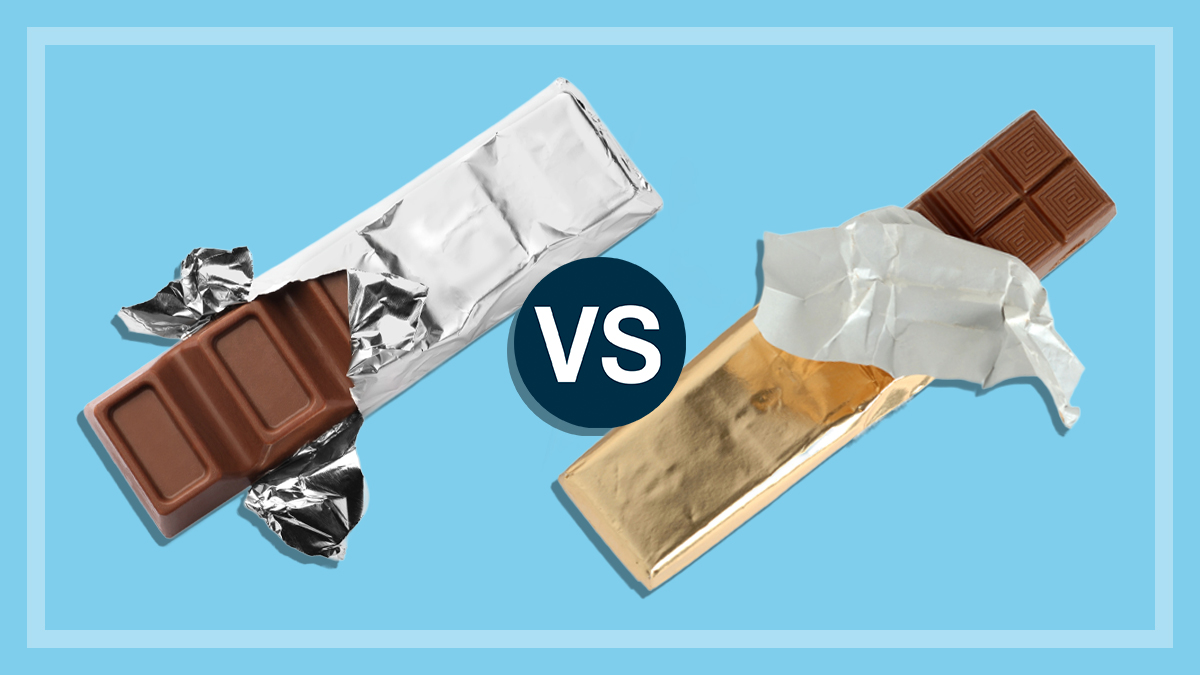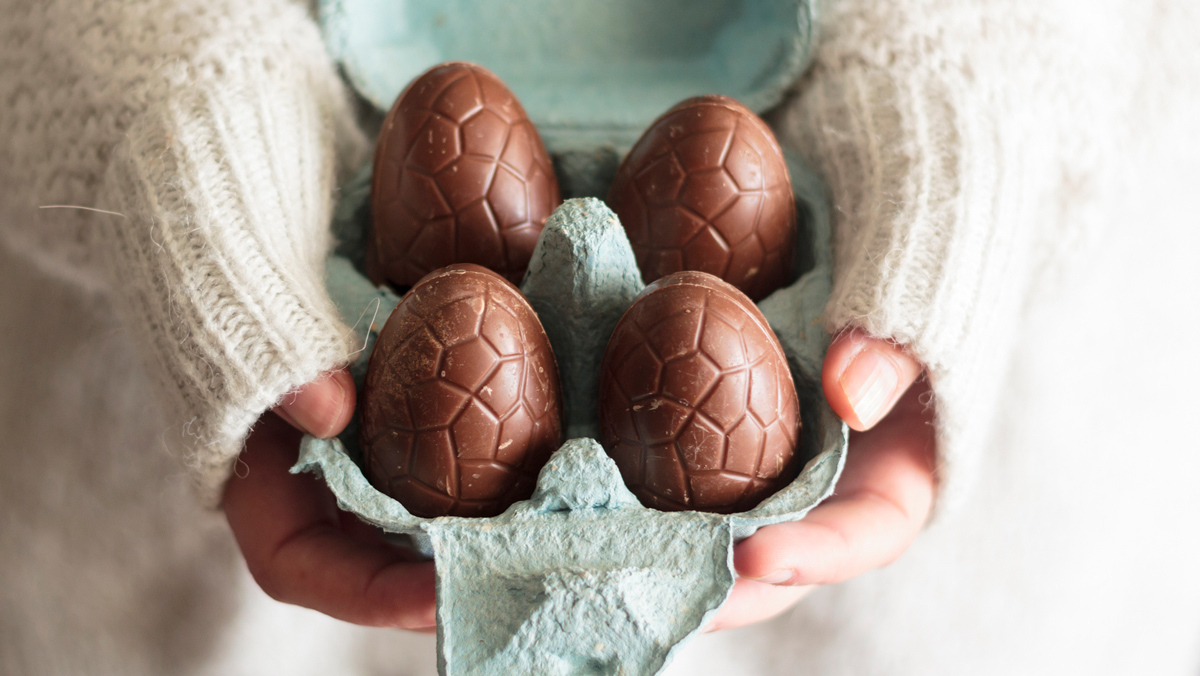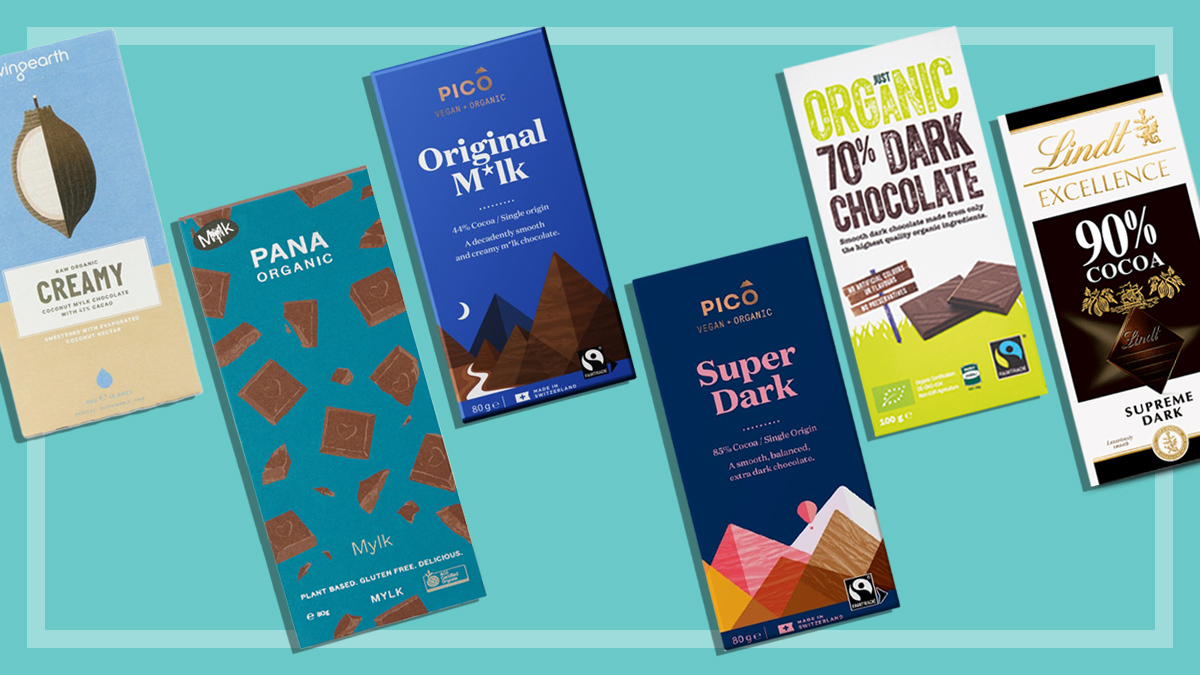Get our independent lab tests, expert reviews and honest advice.
The best milk chocolate blocks we tasted: Cadbury, Lindt, Aldi and more

For anyone with a sweet tooth, it’s hard to go past a good block of milk chocolate, with its combination of creaminess from the milk, bitterness from the cocoa solids, and just the right amount of sugar.
On this page:
- Best tasting milk chocolate
- Alternative milk chocolate options
- Cheapest milk chocolate
- Most expensive milk chocolate
- What makes for a good milk chocolate?
- How we test
We know that loitering in a supermarket’s confectionery aisle trying to decide what to buy can place unwanted stress on your willpower. And with the prices of chocolate at an all-time high, you want to make sure you’re spending your money on a delicious block.
So we’ve taken one for the team and taste tested 19 milk chocolates, from brands including Cadbury, Lindt, Aldi, Whittaker’s, Tony’s Chocolonely and Pico, to help you choose the best.
Best tasting milk chocolate
Our taste-testing panel of three experts assessed each chocolate on four criteria – taste, aroma, texture and appearance.
We recommend milk chocolate blocks that received a CHOICE Expert Rating (our overall score) of 80% or more.
Of the 19 products we tested, five make that list, including one that’s marketed as a sugar-free option.
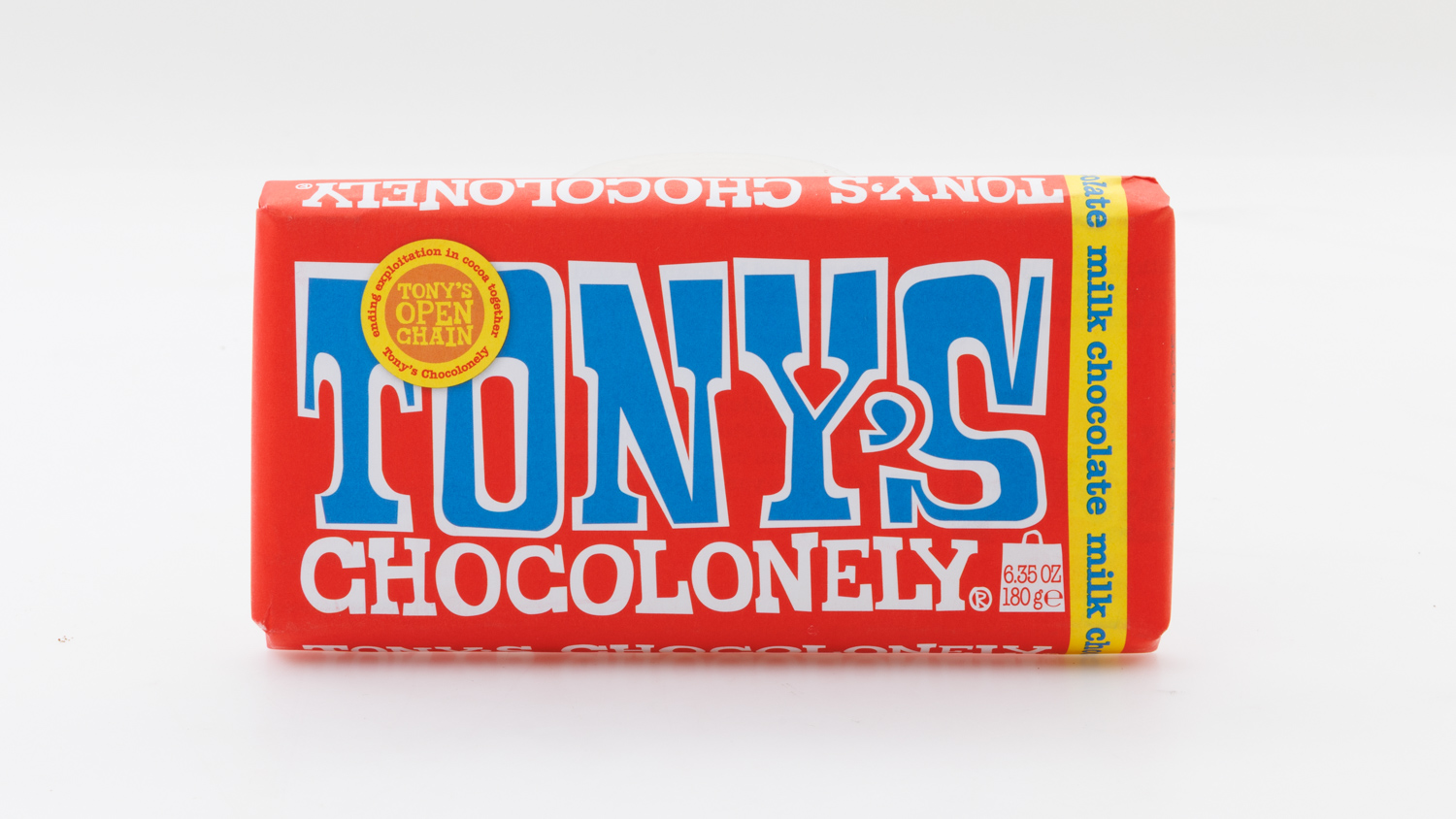
Tony’s Chocolonely Milk Chocolate
- CHOICE Expert Rating: 86%
- Price per 100g: $5.53
- Country of origin statement: Made in Belgium
- Experts say: “Interesting design of the block, good snap, not too sweet, creamy, melts well. Overall a very pleasant texture and flavour – a nice chocolate that I could keep eating.” “Good blend of cocoa and milk. Pleasant to eat.” “Very smashable chocolate.”
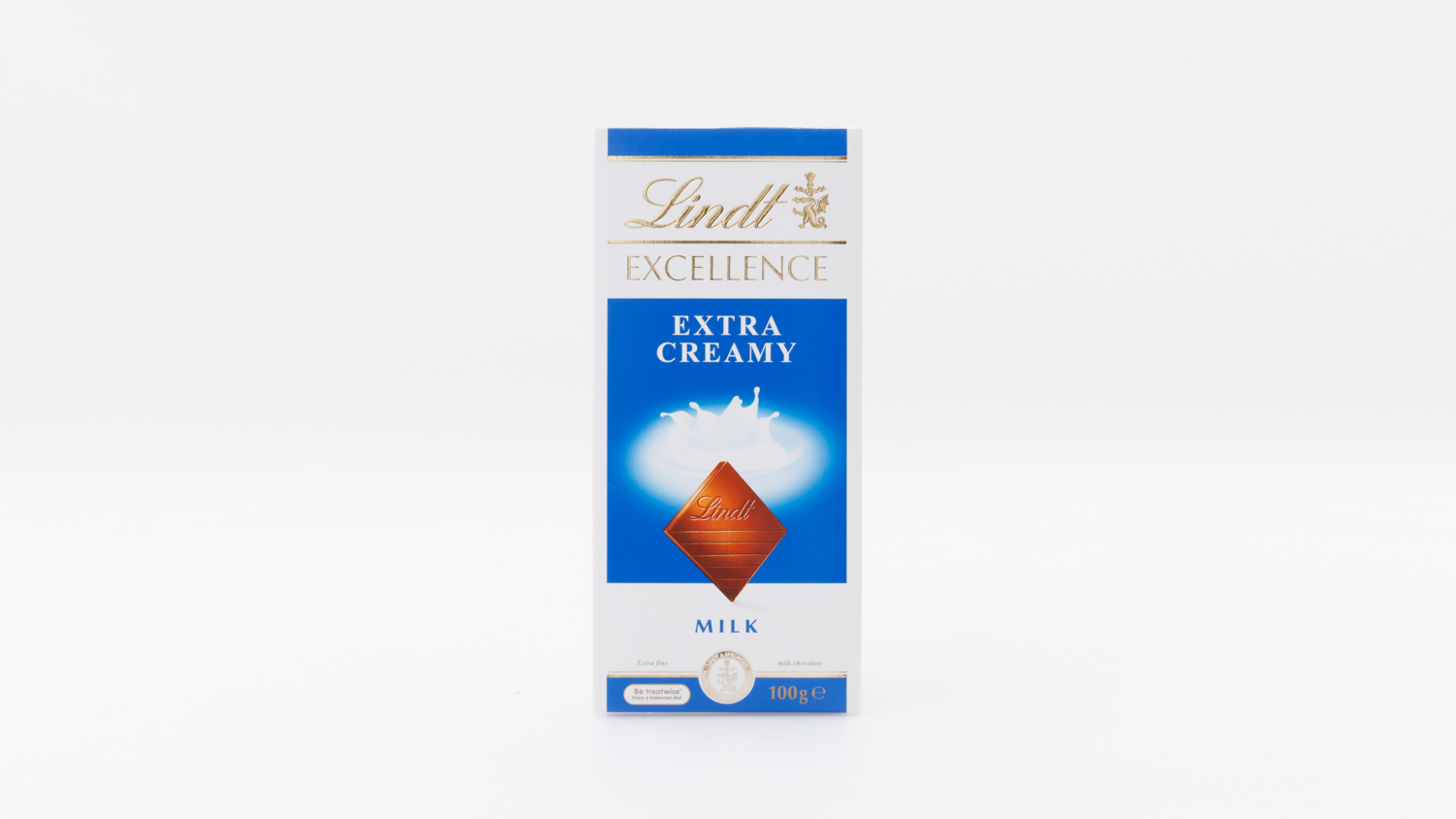
Lindt Excellence Extra Creamy Milk
- CHOICE Expert Rating: 84%
- Price per 100g: $8.50
- Country of origin statement: Made in France
- Experts say: “Very caramel aroma, little gloss on chocolate, pleasant sweetness but mainly caramel flavour with mild cocoa overtones. Pleasant chocolate to eat overall.” “Beautiful fresh milk cocoa profile. Very smooth. Very nice product.” “Easy to eat. Enjoyable. Distinct flavour compared to the rest.”
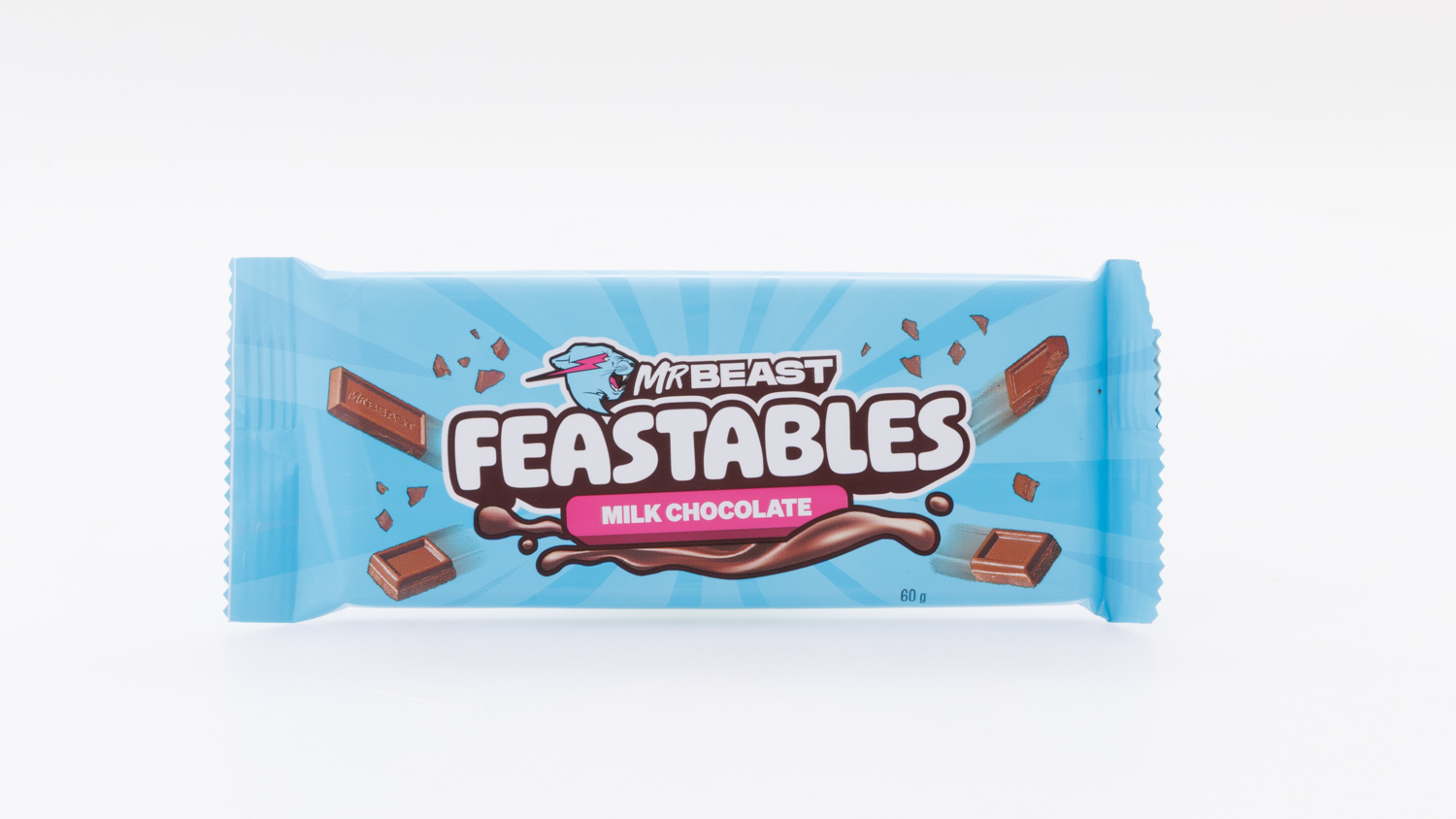
Mr Beast Feastables Milk Chocolate
- CHOICE Expert Rating: 84%
- Price per 100g: $6.67
- Country of origin statement: Made in Peru
- Experts say: “Good sheen, moderate cocoa aroma, not too sweet, pleasant nutty caramel flavour. A very pleasant eating chocolate. It melts quickly in the mouth, not very creamy but toasted overtones.” “Very little aroma. Good cocoa profile for milk chocolate. Subtle dairy is integrated well. Very smooth.” “Smooth, nice flavour, branding and mold.”
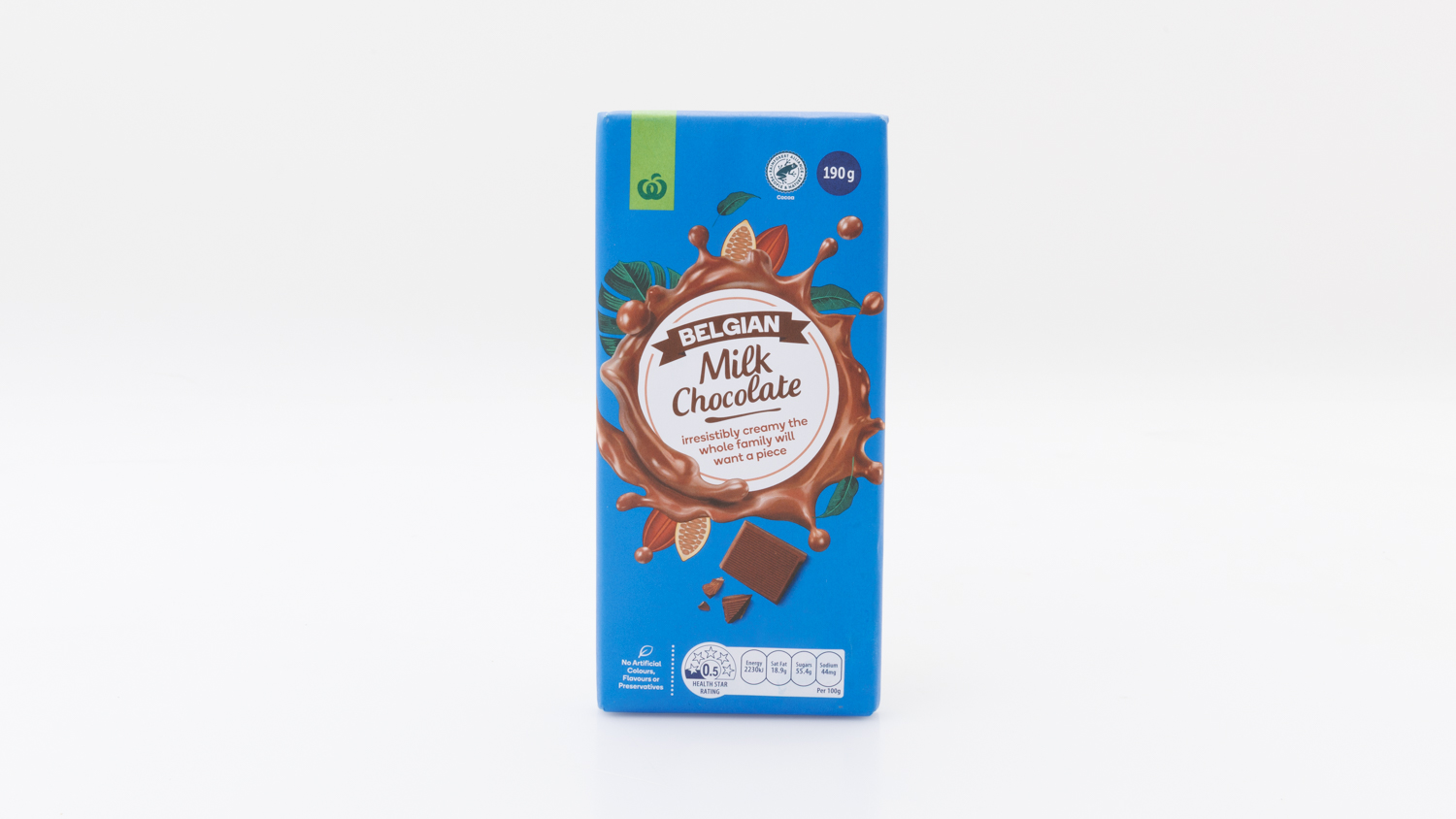
Woolworths Belgian Milk Chocolate
- CHOICE Expert Rating: 81%
- Price per 100g: $2.00
- Country of origin statement: Made in Belgium
- Experts say: “Mild cocoa aroma and flavour, pleasant sweetness that does not override or dominate, some caramel but slight musty aftertaste.” “Pleasant flavour. Good balance of cocoa and milk. Good aftertaste. Nice melt in mouth.” “Strong cocoa aroma, not as much flavour, nice sheen, stronger roasted flavour.”
Alternative milk chocolate options
When shopping for milk chocolate, we also included options you’re likely to find in the health-food aisle of the supermarkets. These are chocolates that claim to be vegan, sugar-free, organic and dairy-free.
We included eight of these chocolates from brands like Pico, Sweet William, Lindt and Well Naturally. One of these products earned a recommendation from our taste-testing experts.
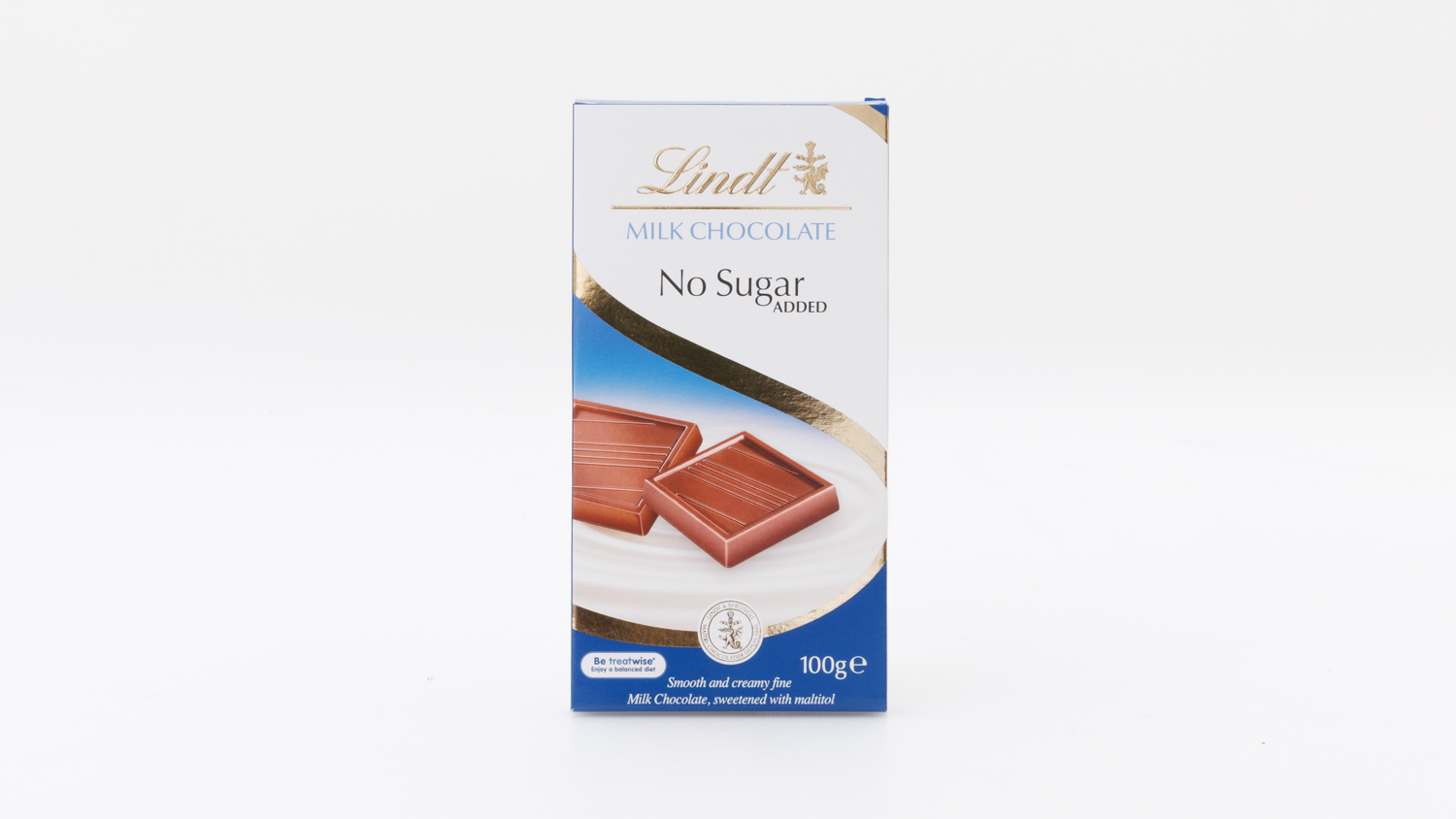
Lindt Milk Chocolate No Sugar Added
- CHOICE Expert Rating: 83%
- Price per 100g: $9.75
- Country of origin statement: Italy
- Experts say: “Little cocoa aroma but more caramel, good texture/snap, melts quickly in the mouth, mild creaminess. Lingering aftertaste of caramel and some sweetness but not too overpowering. A pleasant chocolate.” “Milky aroma and flavour, smooth texture, pleasant flavour.” “Creamy (but not dairy creamy), fake aroma, flavour very pleasant, mouth feel after is a little weird.”
Sugar-free chocolate
Milk chocolate is supposed to be sweet. In fact, the average sugar content of the products in our test is a fairly hefty 47g per 100g (that’s 47%). But for people trying to reduce the amount of sugar in their diet, there are milk chocolate products with no added sugar.
In our test, the no added sugar options came from Coles, Lindt, Well Naturally and Vita Werx, and all had a sugar content of under 10g per 100g.
Instead of sugar, they contain sweeteners such as erythritol, maltitol and thaumatin, which gives them sweetness without the associated kilojoules.
While your teeth and waistlines might thank you, what about your taste buds?
But while your teeth and waistlines might thank you, what about your taste buds?
According to our results, these sugar-free options can be hit or miss in terms of flavour. The Lindt No Sugar Added option gets the nod of approval from our judges, but the Vita Werx scored significantly lower with a CHOICE Expert Rating of 65%.
The no added sugar options from this test are:
- Coles No Added Sugar Mylk Chocolate (1.7% sugar)
- Vita Werx Protein Milk Choc Classic Milk (7.9% sugar)
- Lindt Milk Chocolate No Sugar Added (9% sugar)
- Well Naturally Milk Chocolate Smooth & Creamy No Added Sugar (9.6% sugar)
Dairy-free chocolate
Unfortunately, none of the dairy-free or vegan chocolates were recommended by our expert taste-testing panel, but if you’re avoiding dairy, you’ll want to know the tastiest options available to you.
These two products scored equal-highest in the dairy-free category, both coming in at 71%:
- Pico Original M*lk (also vegan and organic)
- Coles No Added Sugar Mylk Chocolate
Cheapest milk chocolate
The cheapest milk chocolate we tested was Aldi Dairy Fine Milk Chocolate. At $3.49 ($1.94 per 100g), this 180g block is a fraction of the cost of the most expensive blocks in the test.
The Coles Belgian Milk Chocolate and Woolworths Belgian Milk Chocolate followed closely for price, both costing $2 per 100g.
Our judges scored these three products at least 70% or more … proving that if you’re on a budget you don’t have to compromise on deliciousness
Our judges scored these three products at least 70% or more, with the Woolworths being the standout and one of our recommended blocks, proving that if you’re on a budget you don’t have to compromise on deliciousness.
Most expensive milk chocolate
If you prefer to buy organic, or you need chocolate that suits specific dietary requirements – such as if you’re vegan, avoiding sugar or have a dairy allergy – be prepared to pay more.
Organic, sugar-free and dairy-alternative options cost at least $5 per 100g (Coles No Added Sugar Mylk Chocolate), and as much as $10 per 100g (Pico Original M*lk).
If you prefer to buy organic, or you need chocolate that suits specific dietary requirements, be prepared to pay more
It might be in the top three for most expensive, but the Lindt Milk Chocolate No Sugar Added ($9.75 per 100g) at least rates very well for taste.
The same can’t be said for the pricey NOMO (No Missing Out) Creamy Choc Plant Powered ($8.55 per 100g) bar, which earned a CHOICE Expert Rating of just 56%.
The experts were unanimous in their dislike of this chocolate, with comments including “it doesn’t have a pleasant aroma or flavour”, and “terrible texture with very fake flavour that’s not natural.”
The rising cost of milk chocolate
In recent years the cocoa industry has been impacted by crop disease and poor growing conditions. This has resulted in soaring cocoa prices, and consequently, the amount consumers are paying for their favourite chocolate block has increased significantly.
In 2021, a block of Cadbury Dairy Milk cost $5 for 180g. Jump to 2025 and you’ll pay $8 for the same size block
When we last tested milk chocolate in 2021, a block of Cadbury Dairy Milk cost $5 for 180g (that’s $2.78 per 100g).
Jump to 2025 and you’ll pay $8 for the same size block ($4.44 per 100g).
Another example of chocolate price inflation is the 250g block of Whittaker’s Creamy Milk. Costing $6 four years ago (or $2.40 per 100g), you’ll now pay $8.50 ($3.40 per 100g).
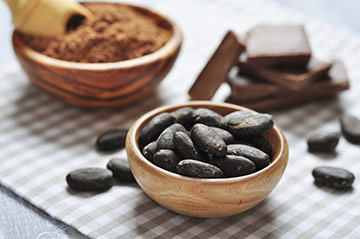
What makes for a good milk chocolate?
A range of factors determine the quality of chocolate – it’s not just about cocoa content or the region where the cacao beans are sourced. While the label won’t tell you everything, you can gather some wisdom from it.
Minimal ingredients
A good chocolate should have very few ingredients:
- cocoa mass
- cocoa butter
- sugar
- milk in a milk chocolate (dark chocolate, by definition, shouldn’t have any milk but some do)
- vanilla
- emulsifier such as soy lecithin, which helps to bind the ingredients together.
Cocoa content
The cocoa content (or cocoa solids) percentage on a block of chocolate refers to everything in that block that’s derived from the cacao bean. This includes cocoa mass/liquor (ground-up cacao nibs, which are roughly 50% cocoa butter) as well as any extra cocoa butter added to the chocolate.
The percentage of cocoa is an indication of the intensity of the chocolate flavour, but it doesn’t tell you anything about the quality or type of cacao bean, or the way it’s been fermented and dried. Nor does it distinguish the amount of cocoa butter.
International standard
International standards for chocolate and chocolate products say ‘milk chocolate’ must contain a minimum of 25% cocoa solids and a specified minimum of milk solids between 12% and 14%.
There’s no equivalent standard that products sold in Australia are required to meet, but of the products we tested, all those that provided this information on the label complied with those specifications.
There’s no mention of the percentage of cocoa solids and/or milk solids on the labels of the Mr Beast Feastables Milk Chocolate, and Vita Werx Protein Milk Choc Classic Milk, so it’s unclear if these products would comply. We also noticed that all the dairy-free products we looked at avoided using the phrase “milk chocolate”, with some opting for words like “mylk” or “m*lk” instead.
Cocoa butter
Cocoa butter content is arguably a better indication of quality than the overall percentage of cocoa, as it’s what makes the chocolate melt in your mouth, giving it a luxurious feel.
International standards for couverture (professional quality) chocolate, for example, specify that cocoa butter must make up at least 31% of its total cocoa solids content.
Unfortunately for consumers, there’s no requirement to label cocoa butter percentages on chocolate. The best indication of cocoa butter content is how far up the ingredients list it is. Many lower-grade chocolates such as compound chocolate have the more valuable cocoa butter extracted and replaced with cheaper hard vegetable fats such as palm oil.
What to look for
Here are some of the qualities you should look for in chocolate:
- Appearance: It should be smooth and shiny.
- Snap: When you break a piece of chocolate, it should give a good, clean snap.
- Aroma: In good chocolate, you might be able to detect lots of different smells, such as vanilla, fruit, wine, tobacco, grass, floral and earthy-woody smells. Smoky, burnt, mouldy or dirty smells are a bad sign.
- Texture: The chocolate should be hard and smooth, and melt easily but not too easily. Bad chocolate is gritty, chalky or waxy, and becomes gluggy when it melts in the mouth.
- Taste: Apart from the flavours of cocoa and vanilla, you might also experience any of the other flavours mentioned in the aromas above. It should also be pleasantly bitter, although how much bitterness is pleasant is subjective. Poor-quality chocolate has a tongue-curling effect caused by acid.
Chocolate is arguably one of the most ethically conflicted consumer goods on the market. Read more about the topic in How ethical is your favourite chocolate?
Cocoa comes from the theobroma cacao tree. This tree originated in the rainforests of South America, but is now grown all over the tropics, including in Australia. There are several varieties of cocoa, the most common being forastero. Criollo and trinitario (a cross between forastero and criollo) are generally considered to be superior varieties.
Cocoa beans grow in large pods. After being picked by hand, cocoa pods are husked and the beans removed. The beans are then allowed to ferment for a length of time determined by the type of bean. Fermentation affects the chemical composition of the cocoa, and has to be done correctly for optimal chocolate flavour.
The beans are then dried, which reduces their acidity and water content. After cleaning and roasting, the dried beans are shelled and separated from the ‘nibs’ inside, which contain about 53% cocoa butter and 47% cocoa solids. The nibs are crushed to form cocoa liquor. At this point, the liquor can be separated into cocoa butter and cocoa solids.
To make dark chocolate, the cocoa liquor is mixed with more cocoa butter, sugar is added and often vanilla. To make milk chocolate, milk powders or solids are added, generally along with more sugar. The product is then ‘conched’, a kneading process that improves its flavour and texture. The longer the conching, the better the quality of chocolate. Time is money, so some companies reduce conching time to reduce costs.
Finally, the chocolate is tempered – heated, cooled and heated again, with frequent stirring – which gives it a glossy finish and a good snap. Faults in this process show up in the appearance of the chocolate – rather than glossy, it’s dull, may have white spots (fat bloom) or a greyish film. It’s then poured into moulds to create the finished product.
How we test
Products
We tested 19 chocolate blocks containing cocoa solids and labelled ‘milk’, ‘mylk’ or ‘m*lk’ (not including cooking/compound chocolate) that are available nationally in major supermarket chains. We excluded flavoured varieties.
Of the 19 products, eight were chocolates you’d more commonly find in the health food aisle of supermarkets and marketed as “sugar free”, “dairy free”, “vegan” and/or “organic”.
Tasting
Our experts tasted the milk chocolate samples ‘blind’ (without knowing the brands). Two sets of samples (set A and set B) were prepared and presented to each expert. The ‘A’ tasting samples had all packaging removed, and identifying features on the chocolate surface (logo, pattern, etc.) were obscured. Each sample, regardless of the presence of identifying features, was treated the same. Each sample was tasted and independently judged on three criteria: aroma, texture and flavour.
The ‘B’ tasting samples had all packaging removed, but any identifying features remained untouched. These samples were judged on one criterion only: appearance.
The regular chocolates were tasted in the same grouping, followed by the alternatives (sugar free, dairy free, etc) so results aren’t comparable between the two groups.
Scores
The CHOICE Expert Rating is made up of 100% taste (35% flavour, 35% texture, 20% appearance and 10% aroma).
We recommend products with a CHOICE Expert Rating of 80% or more.
Meet our expert taste testers

Andre Sandison has worked, managed and taught as a pastry chef with more than 25 years’ industry experience across hotels, restaurants and production patisseries internationally and throughout Australia. He also holds a Diploma in Food Technology. He has achieved the highest professional accolades competing in global patisserie and gelato competitions. He now shares his experience and professionalism as a Corporate Chef and Food Service Account Manager with Mayers Fine Foods.
Brigid Treloar has been a freelance food consultant for over 30 years. The author of eight cookbooks, and co-author of three others, she also contributes to newspapers and magazines, reviews restaurants and judges cookery and recipe competitions. Brigid has presented specialist cooking classes around Australia and overseas, and often appears on TV and radio. She’s a lecturer at Le Cordon Bleu, consultant with Zest Waterfront Venues, and advises many of Australia’s food companies on product and recipe development. Brigid is Chair of Judges for Sydney Royal Fine Food Speciality Products (which includes products like jams, herbs, teas and chocolate) and is a judge for Professional Bakery, Aquaculture, Pasta, Olive Oil, Dairy Competitions and Sydney Perishable and Non-Perishable foods.
Eddie Stewart started his culinary career at the young age of 16 and has amassed over 20 years of experience in the industry. Throughout his career, he has worked in various boutique restaurants and world-renowned hotels to develop his own unique style. He has served as the Head Chef of Savoury and Business Development Manager for the internationally acclaimed Black Star Pastry in Sydney, where he gained extensive knowledge of the intricacies of the culinary business. In 2020, he joined forces with Min Chai to create a brand new concept called Tokyo Lamington, which serves deliciously created lamingtons and other baked items.

